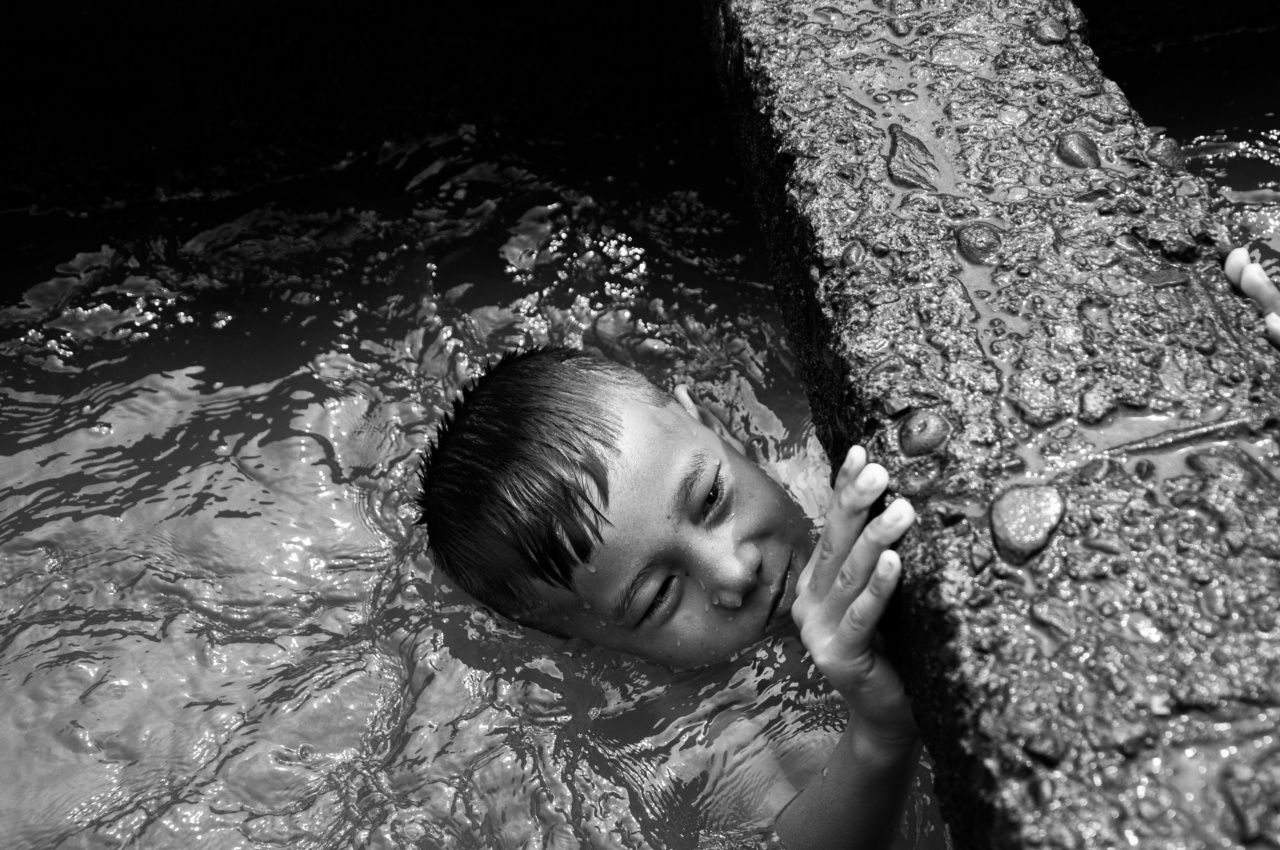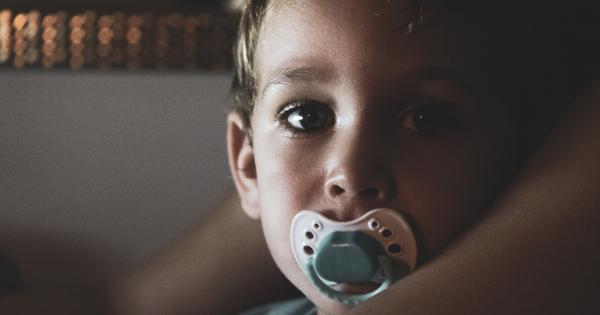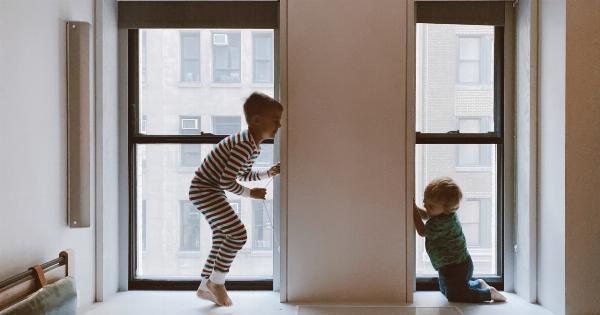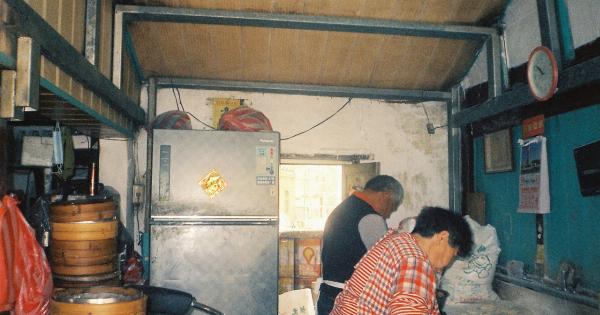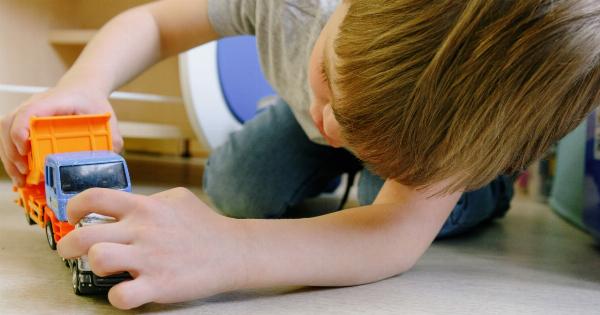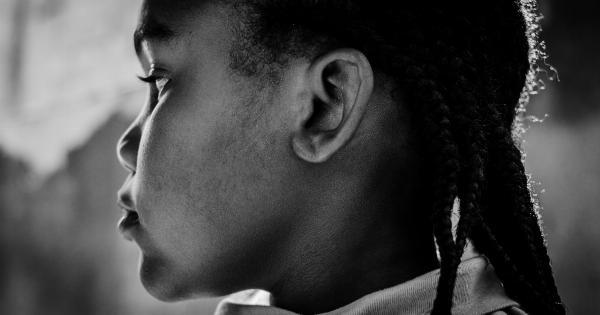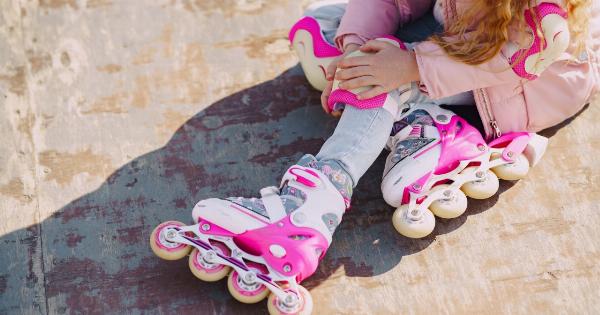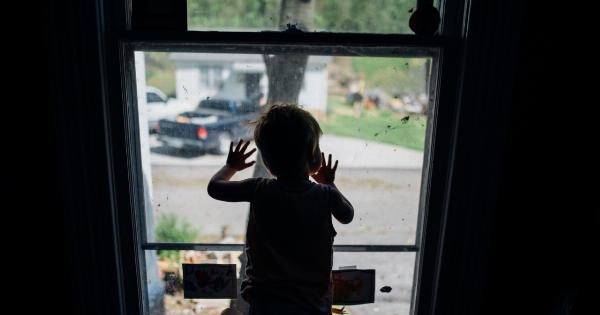Child safety is a primary concern for parents around the world. While we take precautions to protect our little ones from harm, accidents can still happen.
One such incident occurred recently in the picturesque town of Nafplio, Greece, where a child ingested a pacifier and faced the risk of drowning. In this article, we will explore the details of the incident, discuss the potential risks associated with ingesting foreign objects, and provide essential safety measures to prevent such incidents from occurring.
The Incident
In a quiet neighborhood of Nafplio, a serene coastal town known for its captivating beauty, a toddler named Dimitris found himself in a terrifying situation.
Playing in the backyard while his parents were momentarily distracted, Dimitris managed to ingest a pacifier that had inadvertently been left within reach. Unaware of the potential danger, the child continued to play near a small pond, putting himself at significant risk of drowning.
The Risks of Ingesting Foreign Objects
It is not uncommon for children to explore the world by putting objects in their mouths. However, the ingestion of foreign objects can lead to severe consequences, including the risk of choking, suffocation, or even drowning.
In Dimitris’ case, the pacifier became lodged in his throat, obstructing his airway and significantly impacting his ability to breathe normally. The situation was further exacerbated by the proximity of the pond, increasing the risk of a potentially fatal outcome.
The Importance of Supervision
Supervision is crucial when it comes to ensuring the safety of young children. Dimitris’ parents, like many others, momentarily lost sight of their child while attending to another task. Unfortunately, in that brief moment, an accident occurred.
This incident serves as a stark reminder that constant supervision is necessary, even in seemingly safe environments.
Preventing Ingestion of Foreign Objects
While accidents can happen unexpectedly, there are several preventive measures parents can take to reduce the risk of their child ingesting foreign objects:.
1. Keep small objects out of reach
Keep small objects, such as pacifiers, buttons, coins, or beads, out of the reach of young children. Store them securely and avoid leaving them lying around where they can easily be accessed.
2. Use age-appropriate toys
Ensure that the toys your child plays with are appropriate for their age. Toys with small parts should be avoided for younger children, as they pose a higher risk of ingestion and choking.
3. Be mindful of food sizes
When providing food to your child, ensure that it is cut into appropriate sizes to minimize the risk of choking. Avoid offering whole grapes, hot dogs, or any other food items that may pose a hazard.
4. Regularly inspect the play area
Regularly inspect the play area to remove any potential hazards or small objects that may have been overlooked. This includes checking the floor, furniture, and other areas where your child spends their time playing.
5. Educate older siblings
If you have older siblings in the household, educate them about the importance of keeping small objects out of reach of their younger siblings. Encourage responsible behavior and set an example for them to follow.
Immediate Action
It is essential to act promptly and calmly if your child ingests a foreign object. The following steps should be taken:.
1. Assess the situation
First, assess the situation and determine whether your child is displaying any signs of distress or discomfort. If they are unable to breathe, cough, or make any sound, immediate action is required.
2. Call for emergency assistance
Call emergency services or your local equivalent immediately. Inform them of the situation and follow their instructions while awaiting professional help.
3. Perform first aid, if necessary
If your child is conscious and choking, perform the appropriate first aid technique for their age group. For infants, perform back blows and chest thrusts, while for older children, utilize the Heimlich maneuver.
However, it is crucial to receive proper training in these techniques beforehand.
Conclusion
The incident involving Dimitris serves as a harrowing reminder of the potential risks children face when ingesting foreign objects.
Vigilance, parental supervision, and implementing preventive measures are pivotal in ensuring the safety of our little ones. By keeping small objects out of reach, using age-appropriate toys, and maintaining a secure play area, parents can greatly reduce the chances of such incidents occurring.
Immediate action is essential if an accident does occur, including calling for emergency assistance and performing first aid, if necessary. Let us all strive to create safe environments for our children, minimizing the risk of accidents and allowing them to thrive in a world filled with curiosity.
